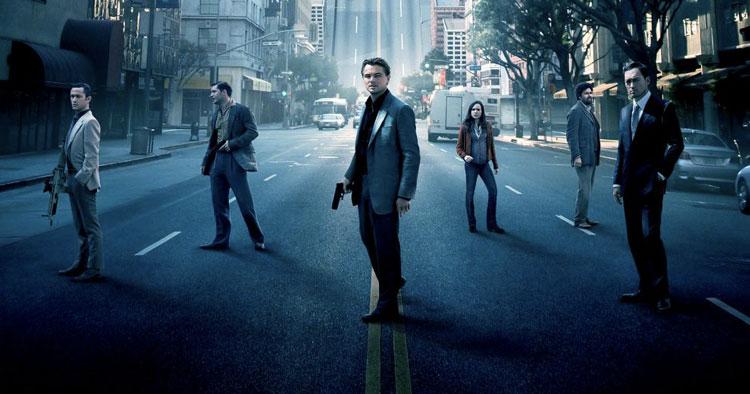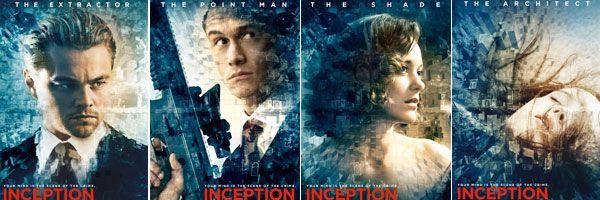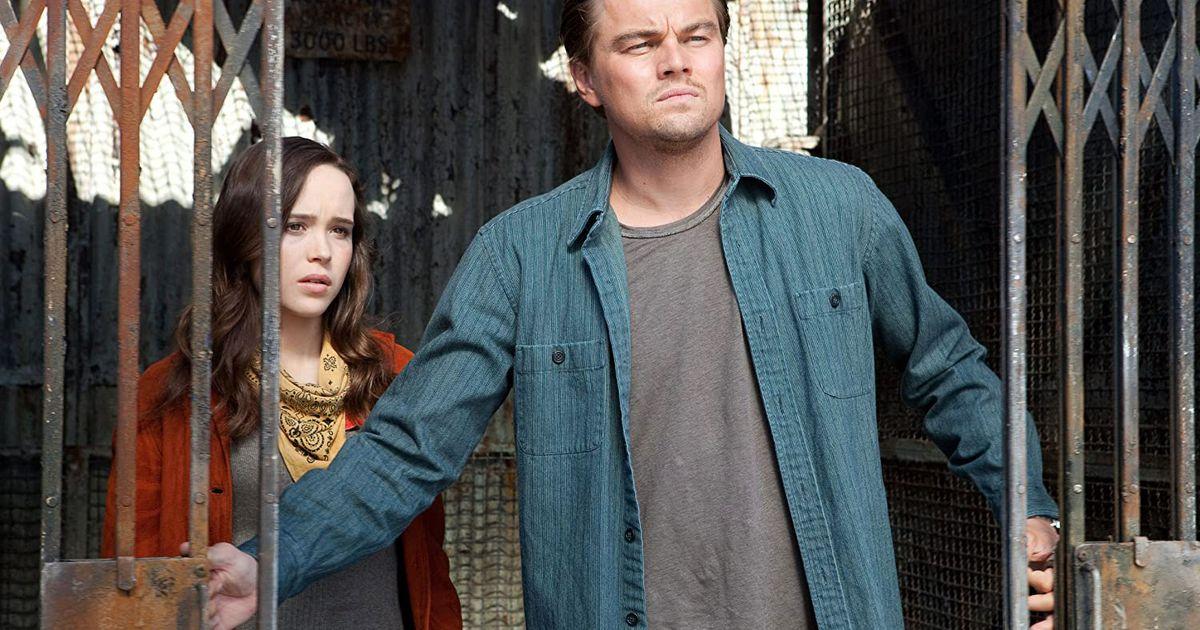Christopher Nolan’s “Inception” has captivated audiences and sparked debates since its release in 2010, leaving viewers to ponder the intricacies of its layered narrative. As a film that delves into the realm of dreams within dreams, “Inception” challenges conventional storytelling, prompting discussions about its complexity and the nature of its plot. This article seeks to explore whether “Inception” stands as an exemplar of genius storytelling or if its labyrinthine structure merely confounds its audience. By analyzing the film’s narrative architecture, thematic depth, and reception among critics and viewers alike, we aim to provide a balanced examination of whether Nolan’s ambitious vision is a masterstroke of cinematic brilliance or an exercise in perplexity.
Exploring the Narrative Complexity of Inception
The intricate layers of Christopher Nolan’s Inception offer a rich tapestry for analysis, as the film weaves between dreams within dreams, challenging viewers to navigate its complex narrative structure. At the heart of this narrative is the concept of shared dreaming, a plot device that allows the story to delve into various levels of consciousness. Each level is meticulously crafted, with distinct rules and visual styles that help delineate one from another, though the transitions can sometimes blur, reflecting the characters’ own struggle to discern reality from illusion. This deliberate complexity invites the audience to actively engage with the film, piecing together clues and interpreting ambiguous sequences to form a cohesive understanding of the storyline.
Some argue that the film’s complexity serves a greater purpose beyond mere confusion, asserting that it elevates storytelling by encouraging deeper viewer engagement. Others, however, contend that the labyrinthine plot risks alienating audiences who might find it too convoluted. Consider the following elements that contribute to the film’s narrative intricacy:
- Multiple Dream Levels: Each dream level operates with its own time dilation and set of rules, adding layers of complexity.
- Unreliable Reality: The film frequently questions the nature of reality, leaving viewers to determine what is real and what is a dream.
- Character Motivations: The backstories and motivations of the characters, particularly Dom Cobb, are interwoven with the dreamscapes, influencing their interactions and decisions.
- Symbolism and Themes: Themes of loss, guilt, and redemption are explored through symbolic elements, such as the spinning top and the notion of ‘inception’ itself.
Ultimately, whether Inception is perceived as overly confusing or a masterpiece of storytelling depends largely on the viewer’s willingness to engage with its intricate narrative and embrace the uncertainty it presents.

Dissecting the Layers of Dream and Reality
The film masterfully blends the boundaries between dreams and reality, employing a multilayered narrative that challenges viewers to decipher its complex structure. Each layer of the dreamscape operates under its own set of rules, yet is intricately connected to the others, creating a tapestry that is both bewildering and fascinating. At its core, the plot leverages the concept of shared dreaming to explore profound themes such as grief, guilt, and the quest for redemption. This intricate design invites audiences to engage deeply with the film, rewarding them with revelations upon each viewing.
Some might argue that the film’s storytelling is convoluted, but it’s this very complexity that elevates it to a work of genius. Consider the following elements:
- Non-linear storytelling: The narrative shifts seamlessly between different layers of consciousness, requiring the audience to piece together the timeline.
- Visual metaphors: The architecture of dreams, like the Penrose stairs, symbolizes the endless loop of the subconscious.
- Character development: Each character’s journey is woven into the fabric of the dream, adding depth and emotional resonance.
Through these elements, the film challenges conventional storytelling, offering a cinematic experience that is both intellectually stimulating and emotionally engaging.

Analyzing the Psychological Depth of Characters
The characters in Inception are intricately crafted, each contributing to the film’s rich tapestry of psychological complexity. Dom Cobb, portrayed by Leonardo DiCaprio, serves as the linchpin of this cerebral narrative. His inner turmoil and guilt over the death of his wife, Mal, not only drive the plot but also add layers to the exploration of subconscious manipulation. Cobb’s relentless quest for redemption is mirrored in his subconscious projections, making the audience question the nature of reality and perception. Ariadne, played by Ellen Page, acts as the audience’s surrogate, guiding us through the labyrinthine world of dreams while challenging Cobb to confront his deepest fears. Her role underscores the thematic tension between creation and destruction, highlighting the psychological stakes involved in the dream heists.
Other characters, such as Arthur, Eames, and Mal, enrich the narrative by embodying different facets of Cobb’s psyche. Arthur’s meticulous nature contrasts with Eames’s adaptability, representing the balance between order and chaos. Mal, as the antagonist born from Cobb’s guilt, serves as a haunting reminder of the consequences of unresolved grief. Through these characters, the film delves into the depths of human consciousness, examining how personal experiences and emotions shape our perceptions. This intricate character development invites viewers to engage in a deeper analysis of their motivations and relationships, prompting the question: is Inception merely a convoluted plot, or does it reflect the genius of storytelling through its profound psychological exploration?
- Dom Cobb: Struggles with guilt and redemption.
- Ariadne: Challenges and guides Cobb through his subconscious.
- Arthur: Represents order and precision.
- Eames: Embodies adaptability and creativity.
- Mal: Personifies unresolved grief and guilt.

Balancing Intricacy and Clarity in Storytelling
Christopher Nolan’s Inception is often at the center of debates about its complex narrative structure. The film’s plot, weaving through multiple layers of dreams within dreams, poses a challenge to traditional storytelling methods. On one hand, this intricacy can be seen as a deliberate choice to engage viewers more deeply, requiring active participation and interpretation. It allows audiences to explore themes of reality, perception, and control in a nuanced way.
However, the film’s layered storytelling can also be perceived as overly convoluted, potentially alienating viewers who prefer a more straightforward narrative. This complexity is compounded by elements such as:
- Non-linear timelines: The movie frequently shifts between different dream levels, each with its own pace and logic.
- Ambiguous endings: The unresolved conclusion invites endless speculation, leaving viewers questioning what is real.
- Symbolic imagery: Visual motifs and metaphors require careful attention to decode their meanings.
In balancing intricacy and clarity, Inception challenges the audience to either embrace its complexity as a form of genius storytelling or dismiss it as unnecessarily confusing. This duality is what makes the film a fascinating subject for discussion.
Key Takeaways
the debate over whether ”Inception” possesses an overly confusing plot or exemplifies genius storytelling largely hinges on individual perspectives and interpretations. Christopher Nolan’s ambitious narrative structure, characterized by its intricate layers and dream-within-a-dream sequences, challenges traditional storytelling norms and invites viewers to engage actively with the film. For some, this complexity may border on perplexing, potentially alienating those who prefer a more straightforward cinematic experience. Conversely, others may appreciate the intellectual engagement and thematic depth that “Inception” offers, viewing its complexity as a testament to Nolan’s visionary storytelling prowess. Ultimately, whether the film is perceived as convoluted or ingenious depends on one’s personal tolerance for narrative ambiguity and appreciation for innovative storytelling techniques. As such, “Inception” remains a significant cultural touchstone, sparking discussion and analysis that continue to enrich the discourse surrounding modern cinema.
